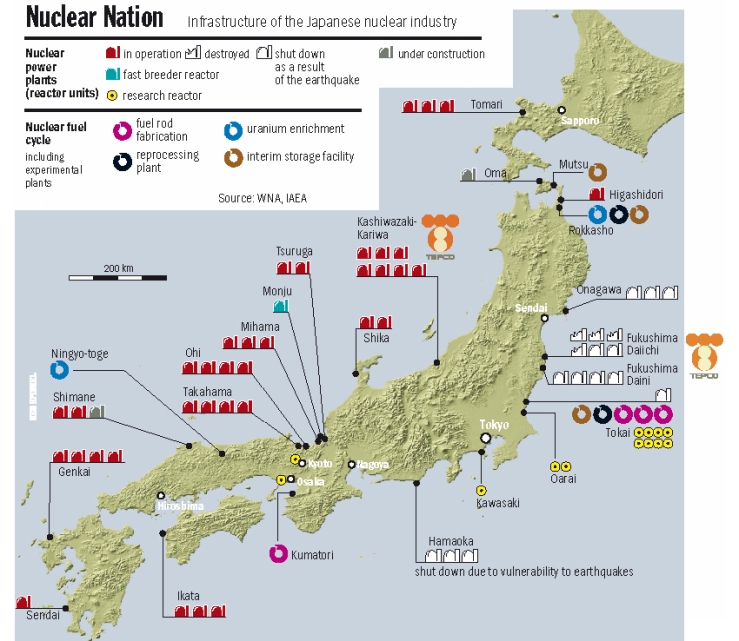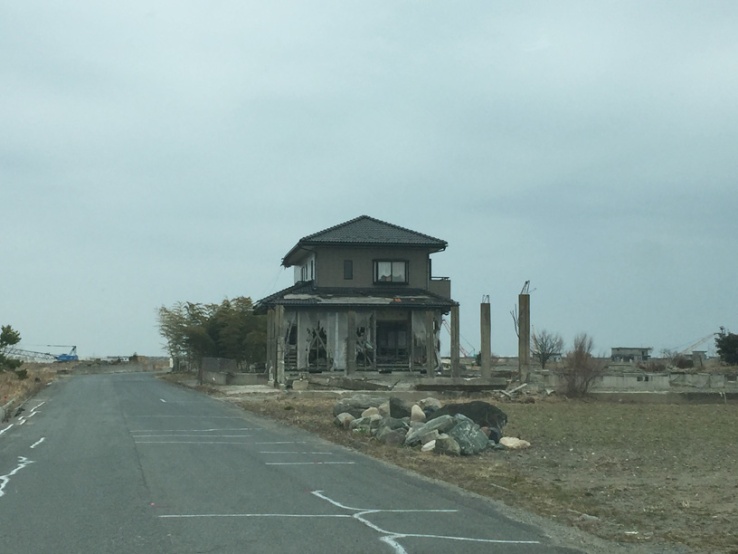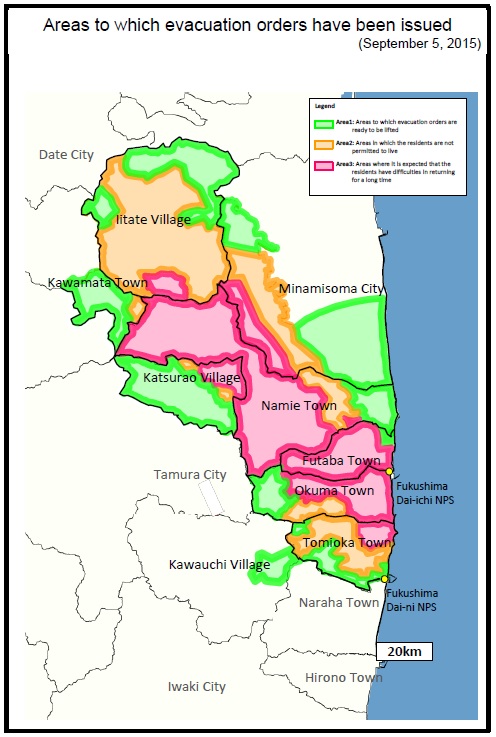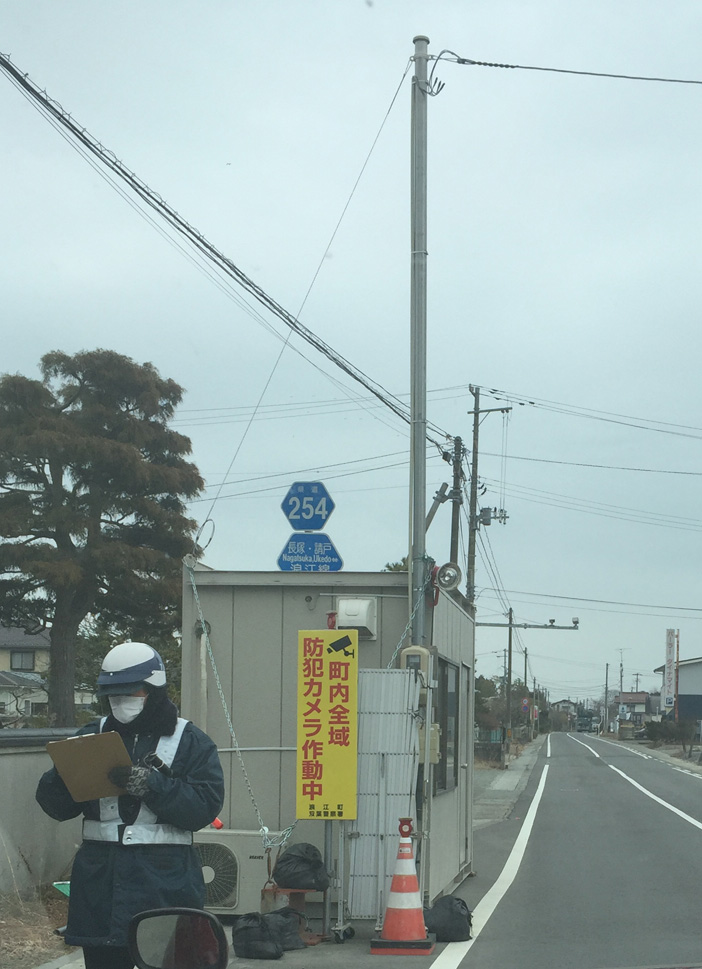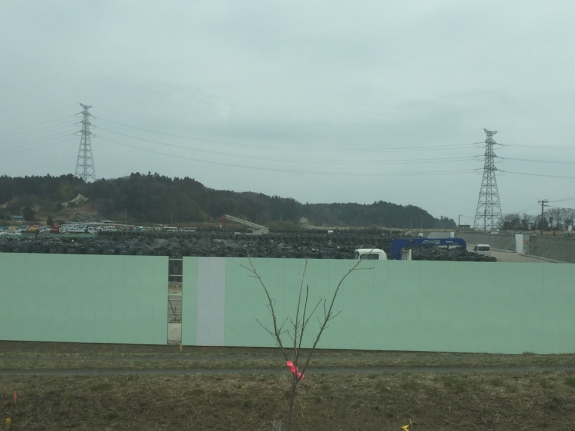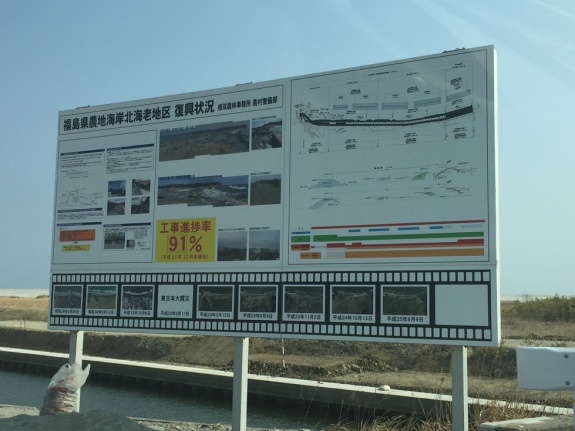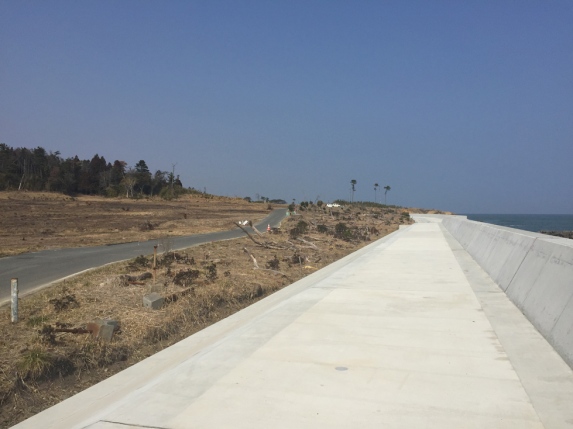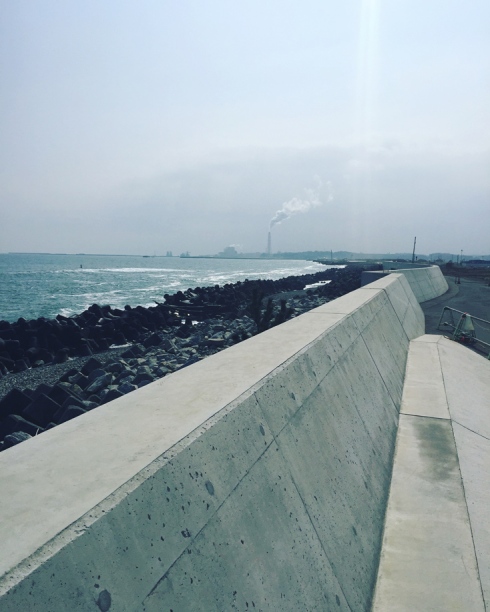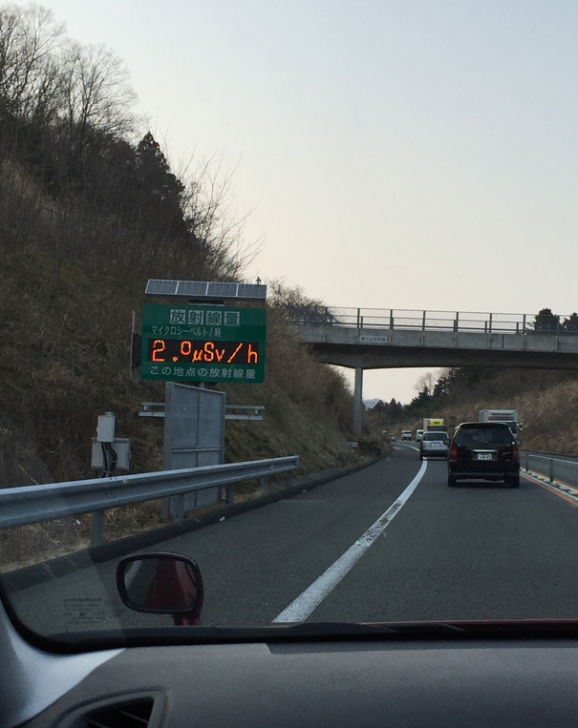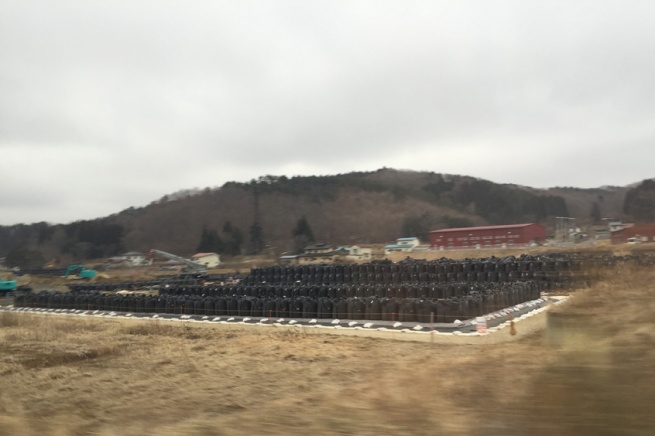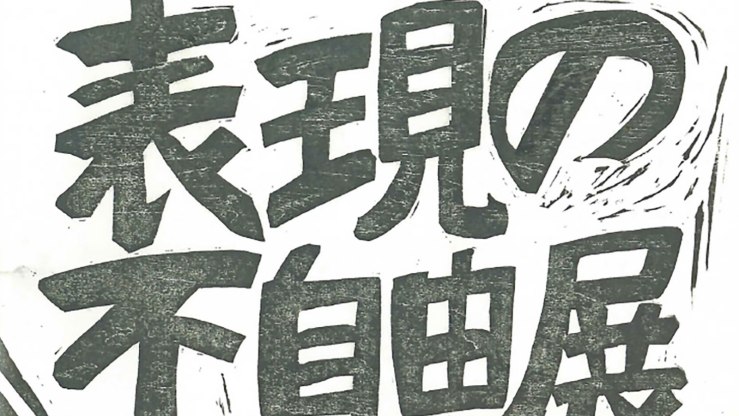
Having conducted several interviews with Japanese artists in the recent years, I was no stranger to the difficult landscape artistic and cultural workers face in Japan when it comes to displaying critical or politically sensitive works. In fact, the existence of censorship or self-censorship due to institutional or governmental pressures is an open secret and does not only apply to artists but also to, for instance, members of the press. Therefore, when prior to the opening I saw that “After Freedom of Expression” will be included in the Aichi Triennial I was pleasantly surprised and thought of it as a move in the right direction, towards an atmosphere more open to diverging critical opinions.
While I think that the organizers of the Triennial must have known that they were treading on precarious terrain, no one seems to have been prepared for the spectacle that ensued. However, I do think the curse of a censored exhibition about censorship is a blessing in disguise. At least now, with extensive domestic and foreign media coverage and artists publicly taking a stand the issue is hard to sweep under the table and ignore. Who has ever wandered about art being political may have changed their minds, too in the process. In that sense, what has happened at the Aichi Triennial in the last month has implications that reach far beyond the artworld of the Japanese archipelago. For this reason and as a future resource I gathered a chronological succession of major events and developments regarding the issue below. Please let me know if there are any mistakes or major additions missing.
- January to February 2015 – the small commercial art gallery Furuto in Tokyo’s Nerima Ward stages an exhibition with the title “Hyogen no Fujiyu Ten” (“Exhibition of Unfreedom of Expression”). The show comprised only of works that had been previously banned or rejected from exhibitions for their controversial subject matters, such as the comfort women issue.
- January 22nd, 2015 – Otherwise, largely unnoticed, the Japan Times featured the show in an article that discussed self-censorship among members of the press, as well as within art institutions.
- August 1st, 2019 – the Aichi Triennial opens under the title 情の時代 Taming Y/Our Passion.
In its concept statement the artistic director Daisuke Tsuda (interestingly a journalist by trade) emphasis the interconnection of arts and politics and the productive power of art to foster knowledge and understanding. The author hints towards current political concerns such as the refugee crisis and Donald Trump’s controversial presidential candidacy and the proliferation of “fake” news. Tsuda makes a claim for art’s power to “taming jō [emotion and information] with jō [compassion].”
- As part of the triennial an exhibition display called 表現の不自由展・その後 or translated into English as “After Freedom of Expression” (AFOE hereafter) opens, containing selected artworks from the original Furuto gallery exhibition, as well as additional works.

Among the artifacts are a sculpture of a so-called comfort women (ianfu 慰安婦), mostly Korean women who were forced to provide sex to Japanese soldiers in wartime brothels. The statue by South Korean sculptors Kim Seo-kyung and Kim Eun-sung called Statue of a Girl of Peace depicts a Korean girl, sitting in a chair with a low back and a bird on her shoulder. Similar sculptures are installed in South Korea and around the world, and have been part of the heated conflicts surrounding compensation payments and wartime apologies between South Korea and Japan. Containing such politically sensitive works, the exhibit was on the one hand meant to provide a platform for open discussion, while on the other, draw awareness to artistic censorship or self-censorship prevailing in Japan. See this article for descriptions of further sensitive works contained in the show.
- August 2nd, 2019 – the mayor of Nagoya Takashi Kawamura sends a letter to Aichi Governor Hideki Omura, head of the festival organizing festival committee, to remove the comfort women statue from display. He reasons that the statue “tramples on the feelings of Japanese citizens” and such a display should not be funded with public money. (It is in fact not funded with public money, as outlined here ) Kawamura previously had also denied the Nanjing Massacre.
- August 2nd, 2019 – in a statement (translated into English on August, 9th 2019) artistic director Tsuda reiterates his reasons for displaying AFOE, but states that the organizers and staff of the triennial have experienced immense backlash including harassing phone calls and emails, as well as a fax threatening arson if the exhibition was continuing to be shown. Especially the arson threat hit a nerve as it was reminiscent of the horrible incident at Kyoto animation studios just a few weeks earlier.
- August 3rd, 2019 – under what seems like pretext, the triennial organizers decide to close AFOE in order to ensure the safety of their visitors and staff.
Following the closure of the AFOE exhibit the South Korean artists Park Chan-kyong and Lim Minouk send a request to the organizing committee to withdraw their works from the show. (However, the artists changed their withdrawal to temporary in the case of the reopening of AFOE on August 13th) Follow these links to read their individual statements: Park Chan-Kyong Minouk Lim
- August 5th, 2019 – While Japanese art festivals such as the Aichi Triennial otherwise often receive little foreign news coverage outside of the artworld, foreign news outlets report on the closing of AFOE. This is presumably due to the international implications for Japan and South Korea relations. Read the New York Times article here.
- August 6th, 2019 – An open letter was posted to Facebook signed by 72 of the 90 participating artists (this number has since increased to 87 out of 90 as of August 10th ) asking for the “After Freedom of Expression” exhibition to remain on display. The artists cited the following requests: “(1) the immediate restoration of the Aichi Triennial 2019’s autonomy from political pressure and intimidation; (2) the continuation of the exhibition under the assurance of safety for all its staff and visitors; and (3) the establishment of a platform for free and vigorous discussion that is open to all, including the participating artists.”
- August 7th, 2019 – a 59-year old male suspect is arrested by the Aichi police in connection with the arson threat received by triennial organizers.
- August 13th, 2019 – a group of 12 artists sends an open letter to ARTnews.com asking for the removal of their works from the triennial. This kind of protest has previously successfully been used at the Whitney Biennial 2006. The undersigned artists are Tania Bruguera, Pia Camil, Claudia Martínez Garay, Regina José Galindo, Javier Téllez, Pedro Reyes, Dora García and Ugo Rondinone. Remarkably not one of them is Japanese.
- August 16th, 2019 – a statement by the triennial organizing committee mentions having received two further requests by CIR (The Center for Investigative Reporting) and Mónica Mayer, who ask to have their work withdrawn and altered respectively.
- While it seems like Pedro Reyes and Ugo Rondinone’s works remain on display after all. The final list of kinds of alterations and withdrawals as of August 20th can be found here.
- August 18th, 2019 – as first and so far only Japanese participant artist TANAKA Koki signs the open letter previously signed by Bruguera and co. and asks according to this open statement for the alteration and part closure of his work Abstracted / Family.
- August 14th, 2019 – a group of volunteer artists participating in the Aichi Triennial, among them artists Tsubasa Kato and Bontaro Dokuyama announce the opening of the artist-run space Sanatorium in order to create room for free expression and dialogue. With this they wish to “transcend the binary oppositions of organizing committee/artist and Right/Left which have fueled the furore.” The space is located in in the Endoji Honcho Shopping Arcade (Nagoya).
- August 25th, 2019 – the participating artists of Sanatorium hold their opening event. The purpose of this discussion, open to the public, is to establish future proceedings of the space. At present the works of Tsubasa and Dokuyama are on display. These will be followed with exhibits by Pedro Reyes, Kyunchome, Goro Murayama, Hikaru Fujii and Akira Takayama.
- Curator and researcher Jason Waite reports on his Instagram that discussions were drawn out and fueled by five far right wing protesters joining the talks.
- August 27th, 2019 – the board of the Museum Watch Committee of the CIMAM (International Committee for Museums and Collections of Modern Art), an affiliated organization of ICOM (International Council of Museums formally associated with the UNESCO) publish an official statement. The undersigned express a great concern about the cancellation of AFOE and ask the organizers to meet the artists’ demands expressed in their open letter.
- In a regular press conference, Kanagawa Governor Yuji Kuroiwa states that he would not allow an exhibition such as AFOE to be held in his prefecture, while also denying the existence of comfort women.
To be continued…?
